Did you know that the temperature at which you brew your coffee can significantly influence its flavor? In fact, both the aroma and taste of coffee can change depending on the brewing temperature. By identifying the optimal extraction temperature, you can elevate your coffee experience to new heights.
In this article, we’ll dive into the ins and outs of coffee extraction temperatures. Whether you’re just starting out or you’re a seasoned barista, we’ll cover a range of tips and techniques to help you brew the perfect cup that suits your taste. Get ready to explore a wealth of insights to enhance your coffee enjoyment!
- Understand the relationship between coffee extraction temperature and flavor
- Discover temperature adjustment methods for both beginners and advanced brewers
- Learn temperature management techniques for different brewing equipment you can use at home
What is Coffee Brewing Temperature?
The brewing temperature of coffee is a crucial factor in creating the perfect cup. The temperature at which you brew can significantly influence the coffee’s flavor and aroma. Understanding the optimal brewing temperature to maximize the coffee’s taste is essential for any coffee lover. In this section, we’ll explore the basics of brewing temperature and how different temperatures can affect the flavor of coffee.
The Basics of Brewing Temperature
Brewing temperature refers to the temperature of the water used to brew coffee. Generally, a range of 90 to 96 degrees Celsius (194 to 205 degrees Fahrenheit) is recommended. Within this temperature range, the coffee’s components dissolve properly, allowing the rich flavors to emerge. However, if the temperature is too low, the flavor may become weak, while brewing at too high a temperature can lead to an overly bitter taste. Managing the brewing temperature is a vital element that can greatly impact the quality of your coffee.
The Relationship with Coffee Flavor
It’s important to have a solid understanding of how brewing temperature directly affects coffee flavor. Brewing at lower temperatures tends to highlight acidity, resulting in a crisp taste. Conversely, brewing at higher temperatures emphasizes bitterness and body, providing a more robust drinking experience. Since temperature can dramatically change the flavor profile of coffee, finding the right temperature that suits your palate is key to crafting your ideal cup.

If you’re interested in deepening your knowledge about coffee brewing, we recommend checking out our article on “Understanding the Right Coffee Amount: A Beginner’s Guide.” It offers detailed insights on how the amount of coffee affects flavor and can help you create that perfect cup.
- The recommended brewing temperature for coffee is between 90 to 96 degrees Celsius.
- Low-temperature brewing emphasizes acidity, while high-temperature brewing enhances bitterness.
- Temperature management is a crucial factor that affects the quality of coffee.
Understanding the Ideal Brewing Temperature
The temperature at which coffee is brewed plays a crucial role in maximizing its flavor and aroma. Therefore, knowing the optimal temperature is essential. For beginners, we recommend using a basic temperature guide to help you enjoy coffee without any pressure. Meanwhile, advanced coffee enthusiasts will find more detailed temperature adjustment techniques that will allow them to explore the deeper aspects of coffee. In this section, we’ll deepen your understanding of brewing temperatures, catering to both beginners and experts.
Temperature Guide for Beginners
Setting the right temperature for brewing coffee is quite simple. For beginners, it’s best to prepare water in the range of 90 to 95 degrees Celsius (194 to 203 degrees Fahrenheit). This temperature range is ideal for extracting the rich flavors of coffee. Additionally, brewing time is also important, with a typical drip brew taking about 3 to 4 minutes. This ensures that the coffee’s components dissolve properly, resulting in a delightful taste.
One important point for beginners to keep in mind is that brewing at too high a temperature can lead to a bitter taste. Conversely, if the temperature is too low, the flavors may become weak, so managing the temperature is key. Be sure to grasp these basics and try brewing your perfect cup!
- A temperature range of 90 to 95 degrees Celsius is recommended for beginners.
- Aim for a brewing time of 3 to 4 minutes.
- Keep an eye on the temperature; brewing too hot can increase bitterness.
Temperature Adjustment Techniques for Experts
For those more experienced in coffee brewing, let’s dive into some advanced temperature adjustment techniques. The optimal brewing temperature can vary depending on the coffee type, so understanding the characteristics of the beans is essential. For instance, light roasts benefit from higher temperatures to enhance their acidity and fruity flavors. On the other hand, dark roasts can shine at slightly lower temperatures, which helps to highlight their richness and sweetness.
Additionally, using a thermometer during the brewing process is highly recommended for precise temperature measurement. This way, you can enjoy consistent flavor in each cup. Furthermore, experimenting with different temperatures can lead to exciting new flavor discoveries, so don’t hesitate to give it a try!

If you found this article helpful in understanding coffee brewing temperatures, you might also enjoy reading “How to Store Ground Coffee: Tips for Keeping Freshness.” Freshness is crucial for maximizing coffee flavor, so be sure to check it out!
- Adjust the optimal brewing temperature according to the bean’s characteristics.
- Brew light roasts at higher temperatures and dark roasts at lower temperatures for best results.
- Using a thermometer for accurate temperature measurement is beneficial.
The Impact of Temperature on Coffee Flavor
Did you know that the taste of coffee can change significantly depending on the brewing temperature? Variations in temperature can affect how the coffee’s compounds are extracted and the balance of flavors. Cold brewing creates a refreshing cup, while hot brewing emphasizes richness and bitterness. In this section, we’ll delve into how temperature influences coffee flavor, exploring the benefits of cold brewing, the characteristics of hot brewing, and important considerations for each method.
Benefits of Cold Brewing
Cold brewing is particularly recommended for hot weather or for those who prefer lighter flavors. Generally, extracting coffee at temperatures between 60 to 80 degrees Celsius enhances acidity and fruity aromas. This allows you to savor the coffee’s natural sweetness and freshness. Additionally, cold brewing tends to minimize bitterness, resulting in a smoother cup that’s easy to enjoy.
Moreover, cold extraction helps prevent the oxidation of coffee. This is especially effective when making iced coffee or other cold beverages, as the flavors remain intact even after long periods of chilling. You can enjoy your drink to the last drop without sacrificing taste.
- Cold brewing enhances acidity and fruity aromas.
- Bitterness is minimized, making for an easily enjoyable cup.
- It prevents oxidation, allowing flavors to last longer.
Characteristics and Considerations of Hot Brewing
Hot brewing involves using water at temperatures above 90 degrees Celsius, which effectively extracts coffee compounds. This method highlights bitterness and richness, providing a robust drinking experience. It’s particularly effective with dark roast beans, drawing out their rich flavors.
However, caution is needed when brewing at high temperatures. If the water is too hot, it can lead to excessive bitterness. Additionally, high temperatures can quickly diminish the coffee’s aroma, potentially masking its true flavor profile. Therefore, managing the brewing temperature is crucial. By finding the ideal balance, you can achieve the ultimate coffee experience.

If you found this article interesting, you might also like our piece on “How to Properly Freeze Coffee Beans and Extend Their Freshness!.” It provides detailed tips on freezing techniques to preserve coffee freshness and enhance your overall coffee enjoyment. Reevaluating your coffee storage methods can lead to a richer coffee experience.
- Hot brewing accentuates bitterness and richness.
- It’s suitable for dark roast beans.
- Be cautious, as too high a temperature can increase bitterness.
Practical Techniques for Coffee Brewing
Managing the brewing temperature of coffee is a crucial skill for creating the perfect cup. Since different brewing devices require different temperature control methods, it’s important to understand the techniques specific to each kind of equipment. Additionally, by learning easy temperature adjustments you can make at home, you can enrich your daily coffee experience. In this section, we’ll dive into temperature management for various brewing devices and explore simple methods for adjusting temperature at home.
Temperature Management by Brewing Device
There are several types of coffee brewing devices, including drip brewers, French presses, and espresso machines. Each device has its own ideal brewing temperature, so it’s essential to adjust your approach according to the equipment you’re using. For instance, drip brewers typically recommend a temperature range of 90 to 96 degrees Celsius, allowing for a stable extraction. On the other hand, a French press benefits from a slightly lower temperature, around 85 to 90 degrees Celsius, which helps to bring out a smoother flavor profile.
When it comes to espresso machines, temperature is particularly important. Ideally, espresso should be brewed within the range of 92 to 96 degrees Celsius to extract its rich flavors effectively. By understanding the unique characteristics of each brewing device and making the necessary temperature adjustments, you can maximize the flavor of your coffee.
- Drip brewers are recommended to operate at 90 to 96 degrees Celsius
- French presses are best at around 85 to 90 degrees Celsius
- Espresso machines ideally brew between 92 to 96 degrees Celsius
Easy Temperature Adjustments at Home
When brewing coffee at home, there are several simple techniques you can use to adjust the temperature. First, using a kettle or an electric kettle allows for precise temperature management. Many electric kettles come with temperature settings, so you can easily select your desired brewing temperature.
Another effective method is to use a thermometer to measure the temperature of the water. After boiling, letting the water cool slightly before brewing can help you reach the ideal temperature. Additionally, if you’re making iced coffee with cold water, incorporating a cold brew method can enhance the flavor. By implementing these easy temperature adjustment techniques at home, you can elevate your daily coffee enjoyment.
- Use an electric kettle for accurate temperature control
- Measuring water temperature with a thermometer is effective
- Enjoy iced coffee with a cold brew method using cold water
Conclusion
The temperature at which coffee is brewed plays a crucial role in determining its flavor and aroma. By understanding the characteristics of low and high-temperature extraction, you can brew your perfect cup of coffee. Whether you’re a beginner or a seasoned enthusiast, utilizing temperature guides and advanced techniques can help you discover the coffee that suits your taste.
Moreover, managing the temperature for different brewing methods and incorporating easy temperature adjustments at home can elevate your daily coffee experience. We encourage you to use this knowledge to enjoy a delightful coffee life.
- The brewing temperature significantly affects the flavor of coffee.
- Experience distinct flavors with both low and high-temperature brewing.
- Manage temperatures for various brewing devices with simple adjustments at home.
Start experimenting today to find your ideal cup! If you have any thoughts or questions about this article, feel free to share them in the comments.


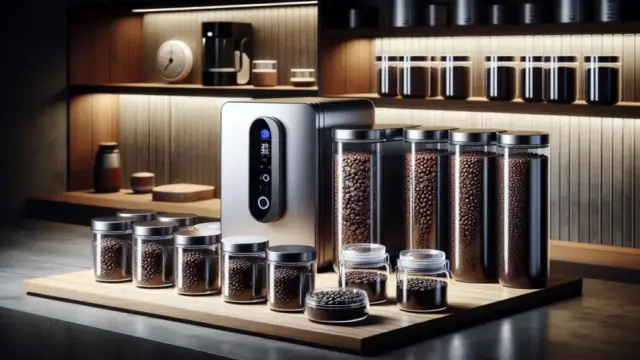









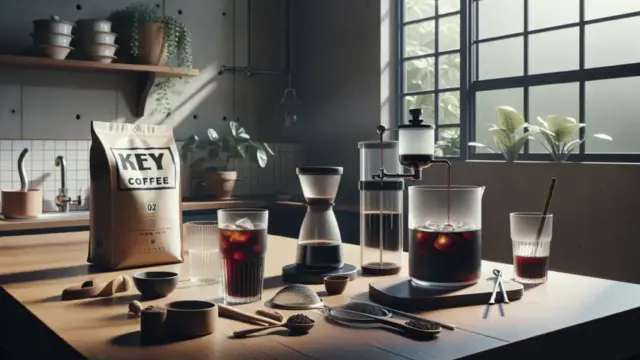

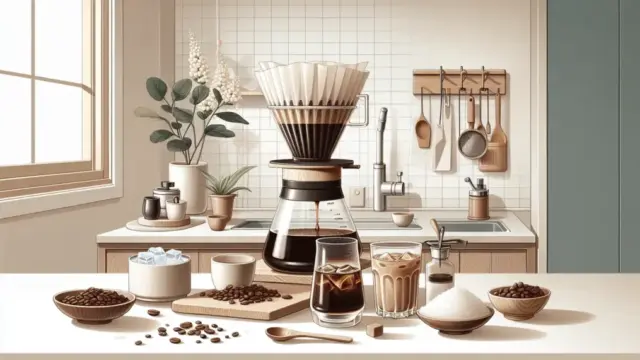












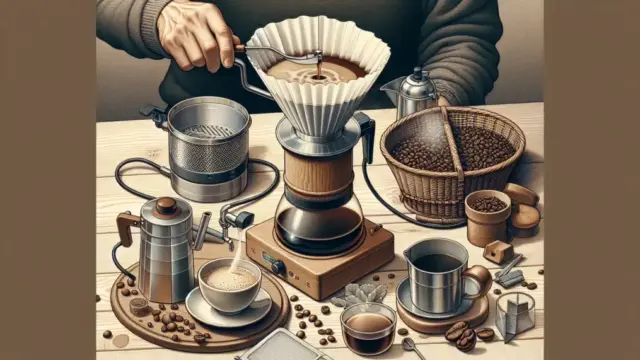

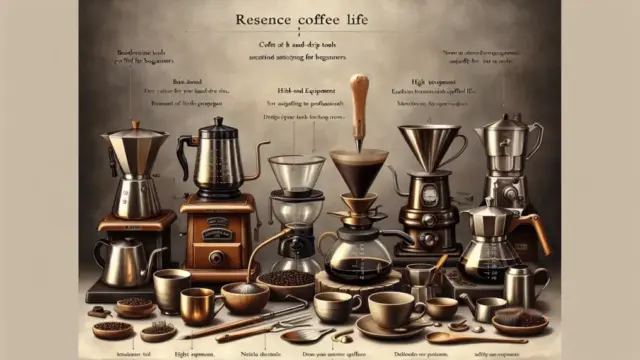





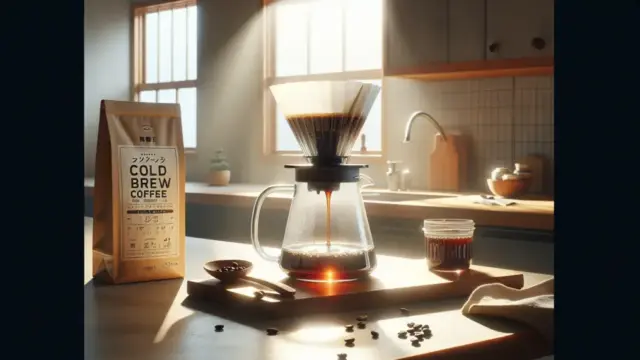

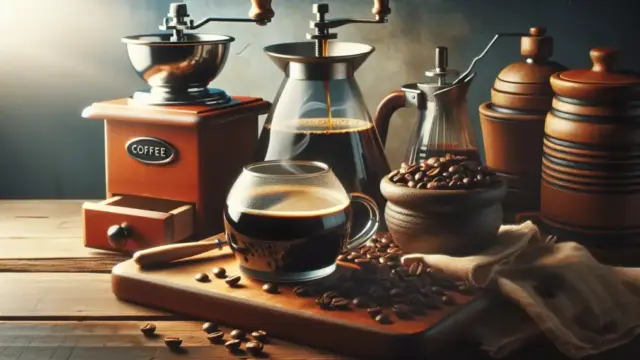

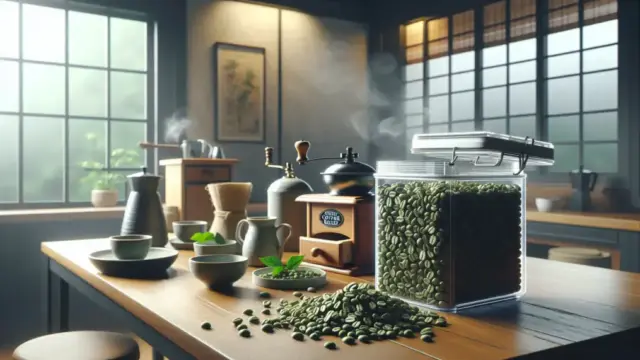






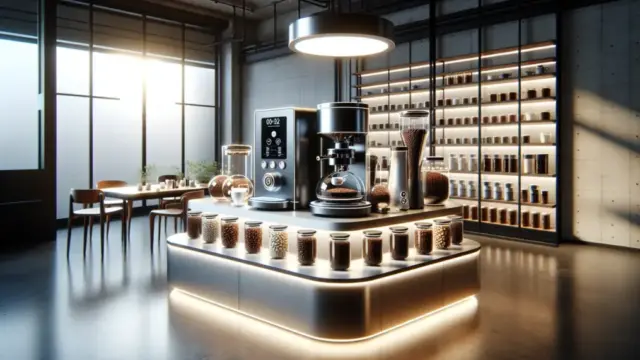
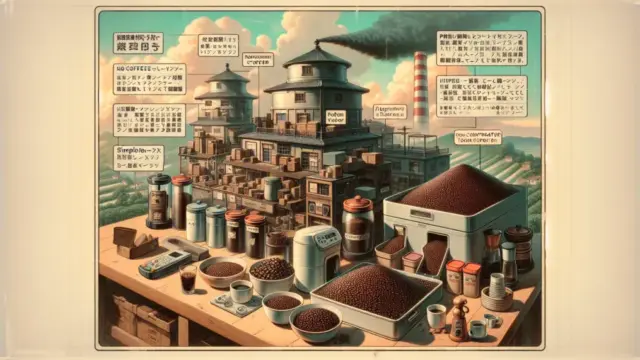



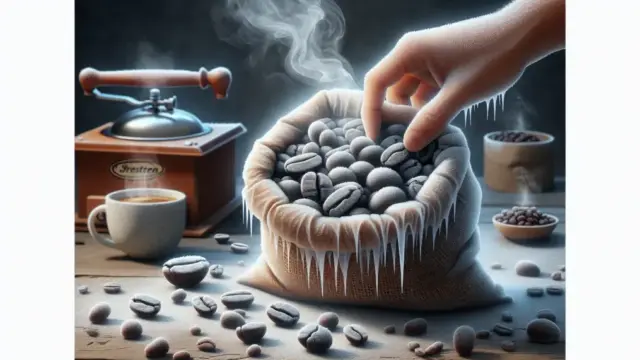







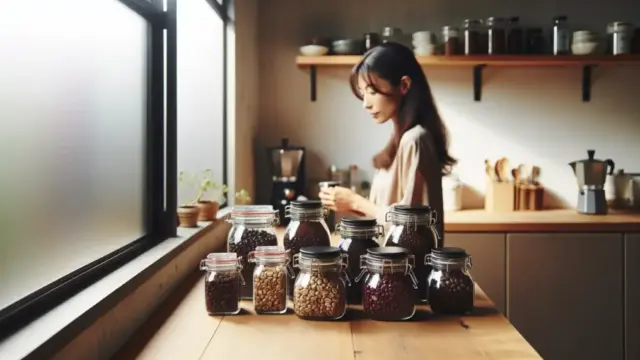



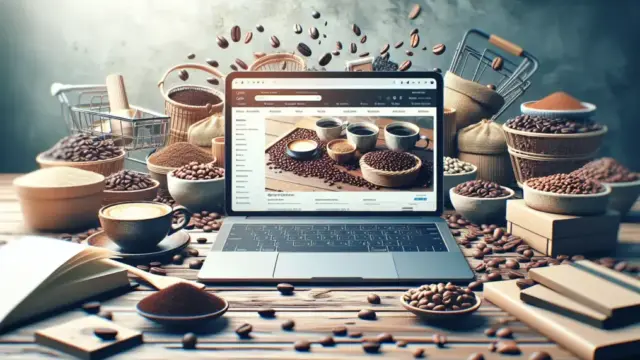



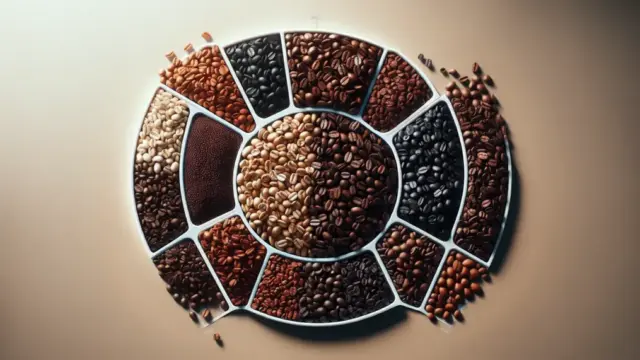


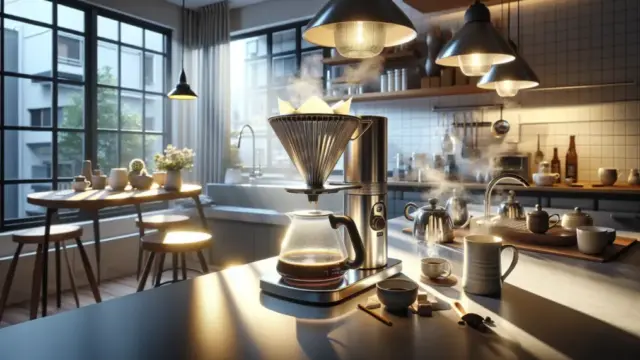


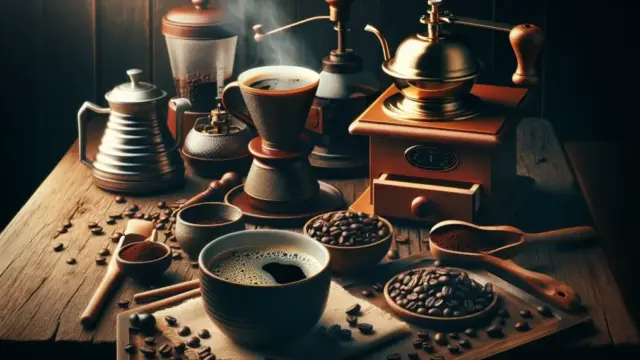

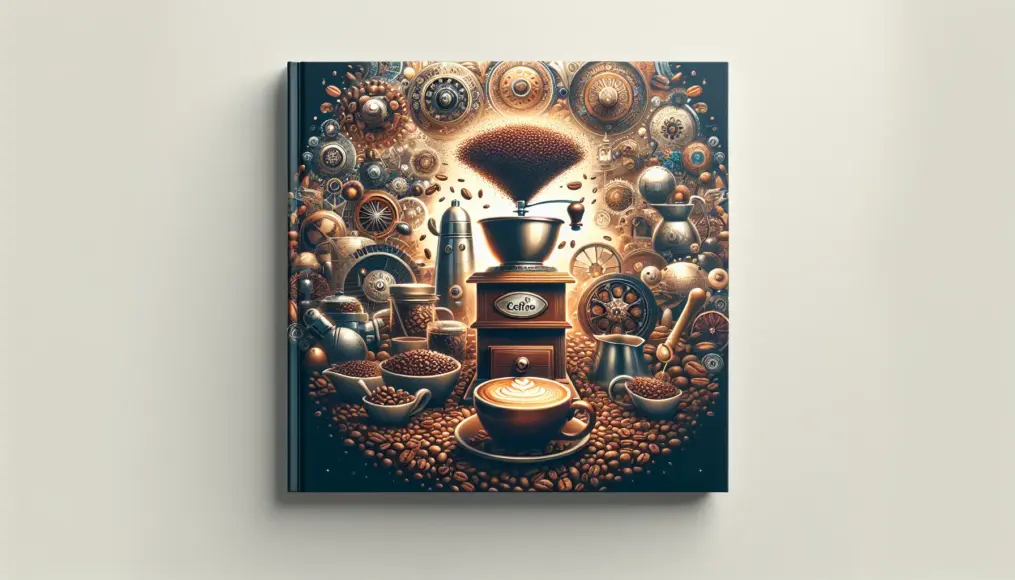
Comment